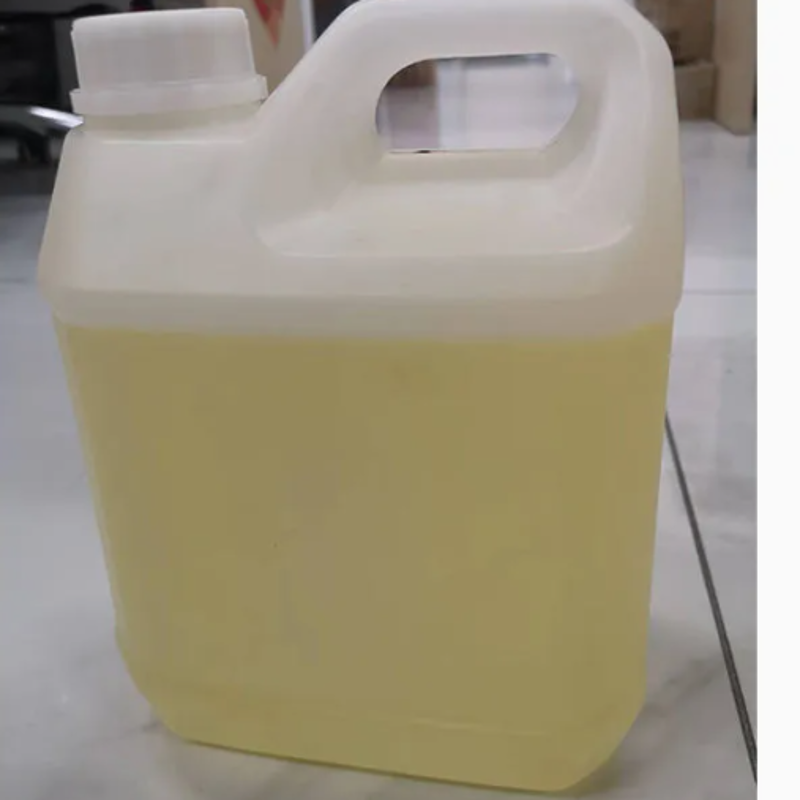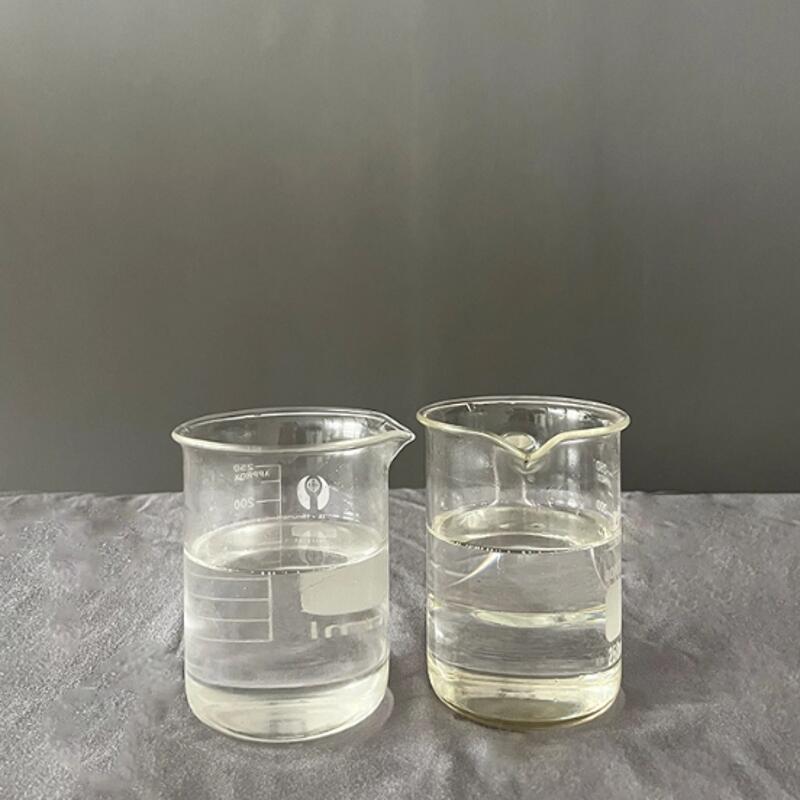-
Categories
-
Pharmaceutical Intermediates
-
Active Pharmaceutical Ingredients
-
Food Additives
- Industrial Coatings
- Agrochemicals
- Dyes and Pigments
- Surfactant
- Flavors and Fragrances
- Chemical Reagents
- Catalyst and Auxiliary
- Natural Products
- Inorganic Chemistry
-
Organic Chemistry
-
Biochemical Engineering
- Analytical Chemistry
-
Cosmetic Ingredient
- Water Treatment Chemical
-
Pharmaceutical Intermediates
Promotion
ECHEMI Mall
Wholesale
Weekly Price
Exhibition
News
-
Trade Service
Disposal of food packaging is a major cause of environmental pollution worldwide
.
It is estimated that more than 350 million tons of plastic are produced each year, and 85% of the garbage dumped in the ocean is plastic
.
Brazil is the fourth largest plastic producer with an annual output of about 11 million metric tons
.
To make matters worse, most plastic packaging comes from non-renewable energy sources like oil
.
Given all these shortcomings, reducing the use of fossil fuels to produce plastic is the goal of a great deal of research around the world
.
Many scientists are developing biodegradable packaging materials that also prevent microbial contamination and extend shelf life, thereby reducing losses
.
A study by a research team called the Composites and Hybrid Nanocomposites Group (GCNH) at the State University of São Paulo (UNESP) in Ilja Sortera made an important contribution to this work
.
The research was supported by FAPESP, and an article reporting its findings was published in the journal Polymers
.
The researchers made a colorless powdered bioplastic (also known as "green plastic") from bovine gelatin type B, which is readily available in retail stores
.
Márcia Regina de Moura Aouada, professor, chemist and materials scientist at the Ilha Solteira School of Engineering (FEIS-UNESP) said: "Gelatin was one of the first materials used to produce biopolymers
.
It is still widely used due to its abundance, low cost and excellent film-forming properties
.
However, the properties of biopolymers for packaging need to be improved to be comparable to petroleum products, especially in terms of mechanical properties and vapor permeability, so We added sodium chlorite + nanoclay to the gelatin
.
"
The addition of nanoclay made the film more uniform and the tensile strength increased to 70 megapascals (MPa)
.
The tensile strength of traditional polyethylene packaging is less than half (in the range of 20 MPa-30 MPa)
.
"In addition to the nanoclay, we added a nanoemulsion made of black pepper essential oil to give the packaging a more appealing flavour and smell," she said
.
Thanks to the antibacterial and antioxidant components in the polymer matrix, this blend It also extends the shelf life of foods packaged in this material
.
"
Notably, the bioplastics in question were originally designed to package beef in the form of burgers, which are susceptible to microbial contamination and have a strong odor, but the principle of adding nanoclays and essential oil nanoemulsions in a gelatin matrix can and will Expanding to other foods, different types and proportions of essential oils are used
.
Moura Aouada said: "If this packaging is widely used in the market, it could significantly reduce the use of plastics made from non-biodegradable polymers, thereby reducing the amount of solid waste
.
In addition, bioplastics will better protect food from Contaminated with pathogens
.
”
The research route followed by GCNH-UNESP focuses on a circular economy that converts waste into resources
.
The group's leaders, Fauze Aouada and Márcia Moura Aouada, are affiliated professors in UNESP's Graduate Program in Materials Science (PPGCM)
.
"Our recommendations are in line with the Sustainable Development Goals (SDGs) adopted by the United Nations, which aim to eradicate poverty, promote economic sustainability for the planet, and ensure peace for all people around the world," said Mulla Owada.
and prosperity
.
"
The research team also produces wound dressings made of bacterial cellulose, as well as edible packaging containing nanostructures derived from kale, cocoa powder, cauliflower, rosemary extract and nanoemulsions, which are used in food, The pharmaceutical and cosmetic industries have potential applications
.







